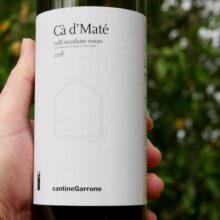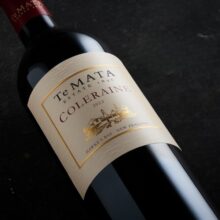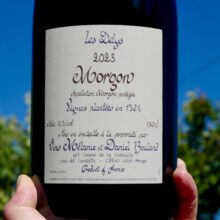English: controlled designation of origin) is a quality assurance label for Italian wines. The system is modeled on the French Appellation d’origine contrôlée (AOC) designations. The Italian government introduced the system in 1963 and overhauled in 1992 to comply with European Union law on protected geographical designations of origin, which came into effect that year.
There are three levels of labels: DO — Denominazione di Origine (designation of origin, seldom used), DOC — Denominazione di Origine Controllata (controlled designation of origin), and DOCG— Denominazione di Origine Controllata e Garantita (controlled and guaranteed designation of origin). All three require that a food product be produced within the specified region using defined methods and that it satisfy a defined quality standard.
The need for a DOCG identification arose when the DOC designation was, in the view of many Italian food industries, given too liberally to different products. A new, more restrictive identification was then created as similar as possible to the previous one so that buyers could still recognize it, but qualitatively different.
A notable difference for wines is that DOCG labelled wines are analysed and tasted by government–licensed personnel before being bottled. To prevent later manipulation, DOCG wine bottles then are sealed with a numbered governmental seal across the cap or cork.
Italian legislation additionally regulates the use of the following qualifying terms for wines: Classico (classic): reserved for wines produced in the region where a particular type of wine has been produced “traditionally”. For the Chianti Classico, this “traditional region” is defined by a decree from July 10, 1932, and Riserva (reserve), which may be used only for wines that have been aged at least two years longer than normal for a particular type of wine. Wines labelled DOC or DOCG may only be sold in bottles holding 5 litres or less.
For wines produced in Bolzano, where German is an official language, DOC may alternatively be written as Kontrollierte Ursprungsbezeichnung and DOCG may be written as Kontrollierte und garantierte Ursprungsbezeichnung.



